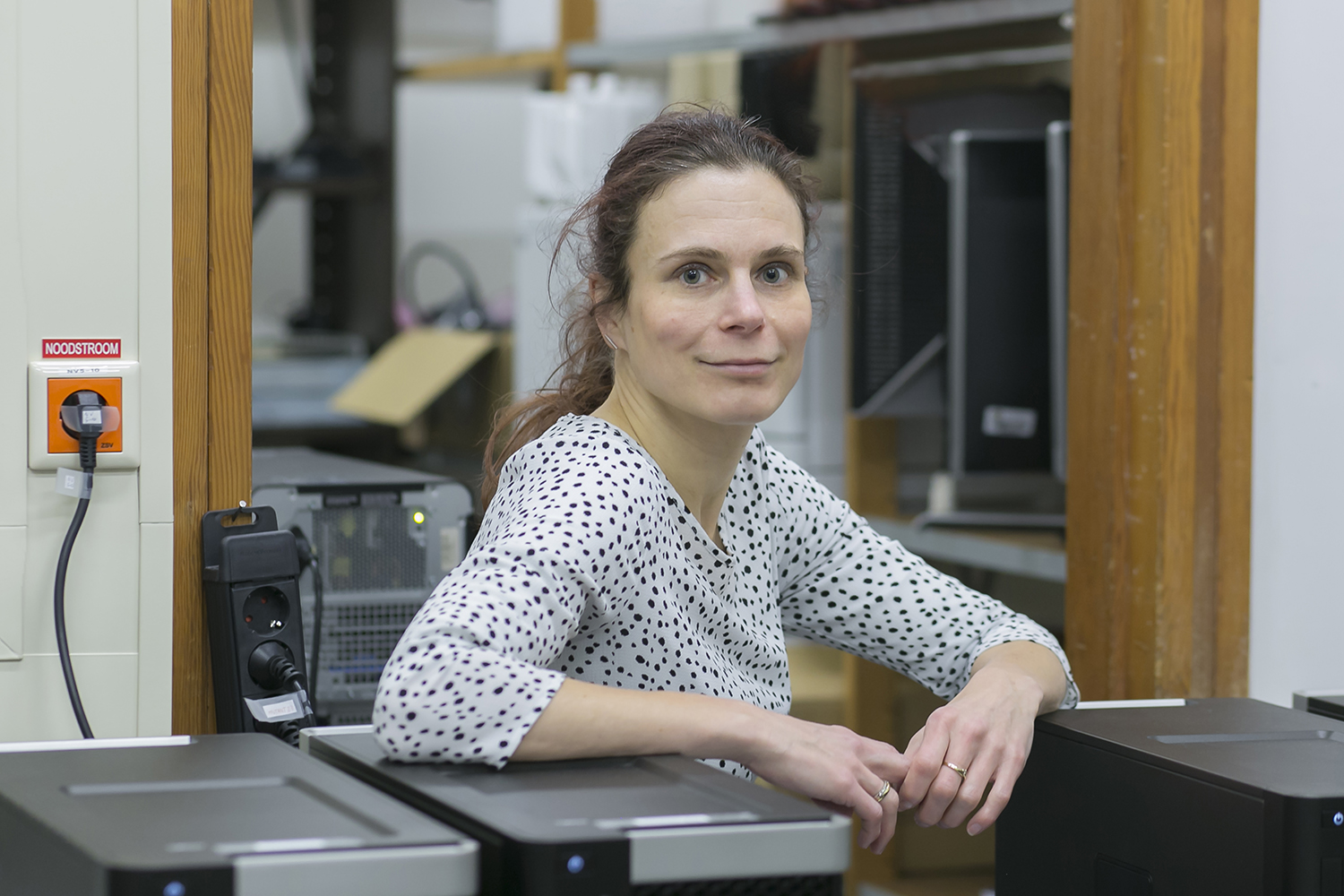
|
Kirsten ten Tusscher |
| Home | Research | Team Publications | Source codes | Job opportunities Projects for Internships | |
Research
The research of the Ten Tusscher group focuses on the deciphering of
developmental patterning processes in both plants and animals. For this
the group uses state-of-the-art multi-scale modeling approaches and closely
collaborates with experimental research labs.
Our current research encompasses several major research lines:
- Plant root directional growth in response to saline environments
- Plant root decision making in response to heterogeneous nitrate
- Overall plant responses to drought and high temperature stress
- Mechanisms of earliest stages of lateral root formation
- Evo devo of root patterning and LR formation
- Regulatory networks controlling cell fate decisions
Plant root development


Unlike animals, plants keep growing and generating new organs throughout
their life span, with formation of each new organ involving the de novo
formation of a stem cell niche driving organ growth. Major research questions
involve which processes pattern the stem cell niche and meristimatic region
of dividing cells emanating from it, and which processes prepattern the
locations along the main root competent for the future formation of lateral
roots. In our research we use multi-scale cell-based models
incorporating gene expression, hormonal signalling as well as growth,
division expansion and differentiation of cells to answer these questions.
Using this approach we previously demonstrated a division of labor between
auxin and the downstream PLETHORA transcription factors in determining
meristem size and rates of division, elongation and expansion (Mahonen et al.,
Nature, 2014). We subsequently recently demonstrated that the
auxin-PLETHORA-ARR network controls activation, outgrowth and stabilisation
of the root meristem after germination (Salvi et al, Dev Cell, 2020).
Additionally, we have shown how lateral root priming emerges from the synergy
between plant root tip auxin transport and root growth dynamics (van den Berg
et al, Dev Cell 2021). In a next step we demonstrated the importance of discerning auxin levels versus auxin signalling capacity, with the former driving the priming process yet the second essential for primed cells to remember and maintain their lateral root forming competence (Santos Teixeira et al, Development 2022).
In addition to focussing on patterning along the longitudinal axis of the root, we have recently also contributed to elucating radial root patterning. For this we collaborated with the Mahonen and Etchels groups to unravel the positioning of the cambium stem cell niche responsible for thickness growth (Eswaran et al, 2024 Science).



Plant development also differs from animal development in that it is
highly plastic, leading to non-stereotypical, environmentally dependent
plant architectures. As an example, plant roots show directional growth,
called tropisms, towards gravity but also away from salt. Additionally,
in response to heterogeneous nutrient supplies, plant root systems
show a preferential proliferation of roots in nutrient rich patches,
called preferential root foraging. Tropisms can still be effectively
studied by cell-based models of a single root, enabling us to succesfully
identify additional genes contributing to the auxin asymmetry underlying
root salt avoidance (van den Berg et al, Development,2016;Korver et al., Plant Cell Env, 2020. However, to adress
which processes give rise to an asymmetric growth of different parts of
the root system in response to differences in their local nutrient
conditions we need to expand to spatially more coarse-grainded FSP-type
multi-scale models of overall root architecture. Using simplified
models of this type we have already demonstrated that local, long-range
and systemic nutrient signalling are likely insufficient to explain
preferential nitrate foraging, and that the competition between roots
for carbon resources further amplifies nutrient-difference induced
asymmetries (Boer et al., Front Plant Sci,2020). To further enhance
the realism and power of this overal root architecture modeling approach we recently developed our own biophysical model for water and carbon transport
(van den Herik et al., Plant Cell Env, 2020) that can easily be integrated in this framework.
Cell fate decision making
During development cells have to decide whether to keep dividing and
maintain an undifferentiated state, or rather differentiate and stop
dividing. Additionally, upon differentiation choices between alternative
cell fates have to be made. Importantly, in healthy non-cancer cells,
the decision to differentiate is irreversible and terminal differentiation
is mutually exclusive with an active division status. A key question is
how the architecture and dynamics of the regulatory networks -genetic,
epigenetic and posttranscriptional- controlling cell behavior give rise
to these decisions in cell fate.
To adress these questions, we recently started a project in collaboration
with the C.elegans groups of Sander van den Heuvel and Rik Korswagen,
as well as with the labs of Alexander van Oudenaarden en Michiel Vermeulen.
The overarching idea is to use single cell transcriptomics as well
as epigenetic and protein data to reverse engineer the architecture
and dynamic functioning of the network underlying mesoblast and neuron
differentiation in C. elegans.
By combining omics based network inference and differential equation
based modeling of gene expression dynamics, we aim to determine through
sophisticated fitting and optimization procedures the architecture
of the core regulatory networks involved.
Job opportunities
For job opportunities please have a look here.
Internship opportunities
For internship opportunities please have a look here.
Group members
For the team please have a look here.


